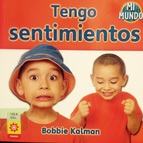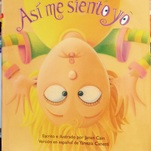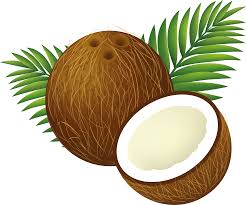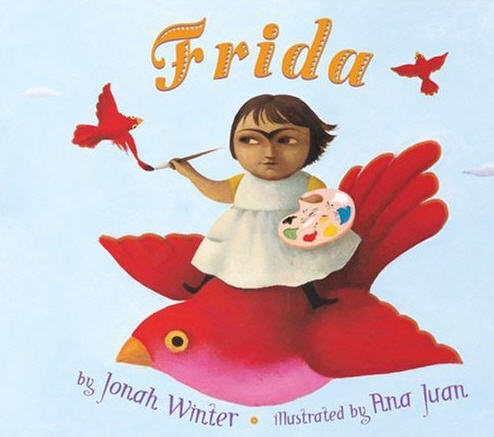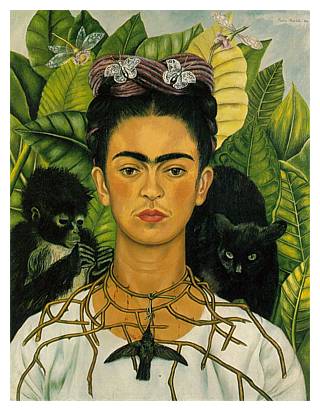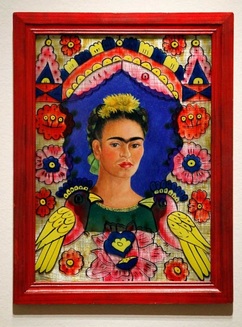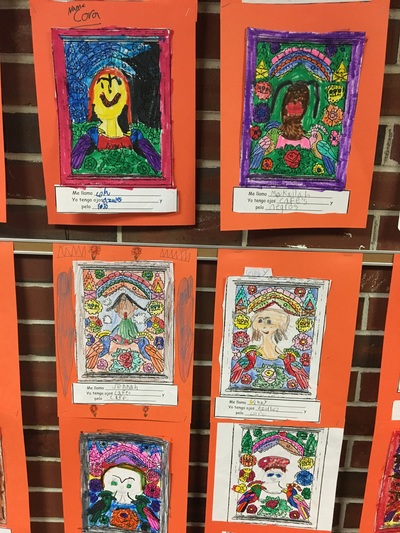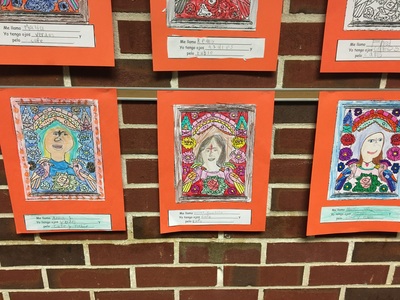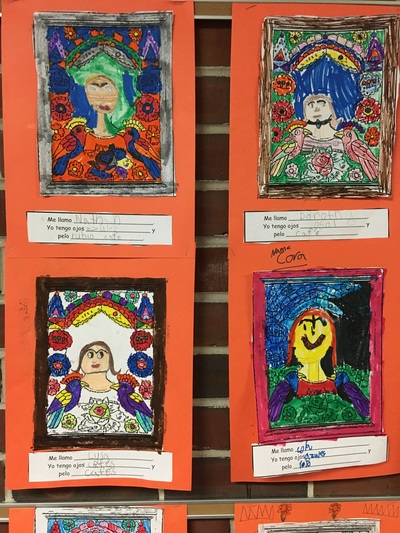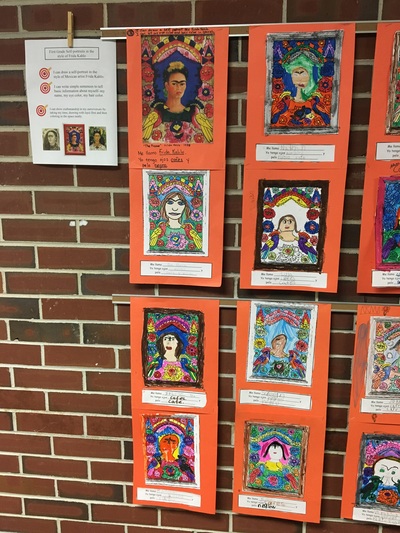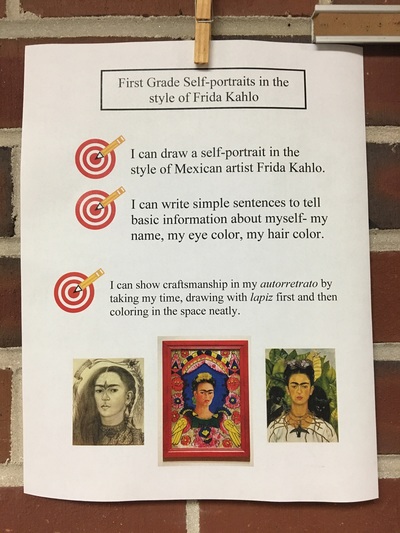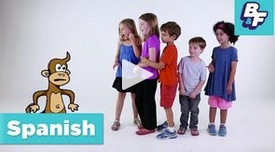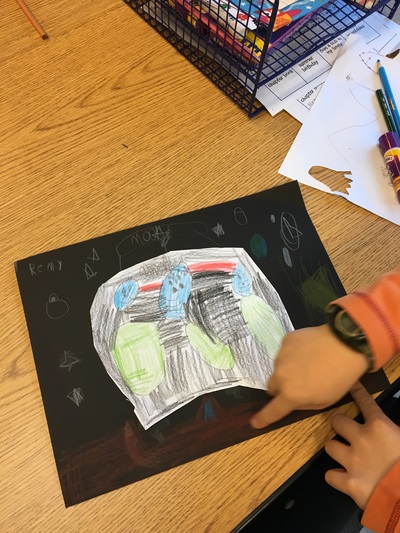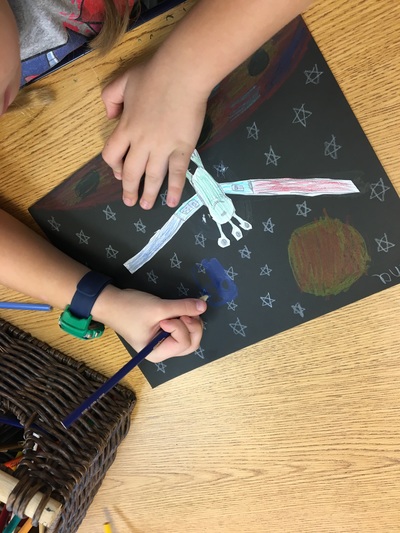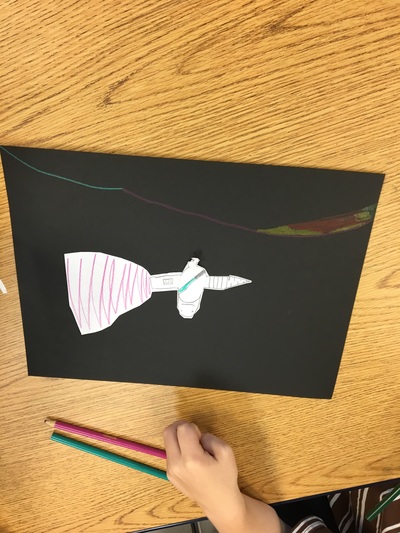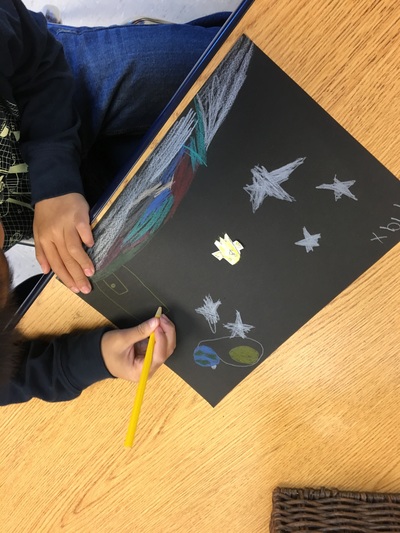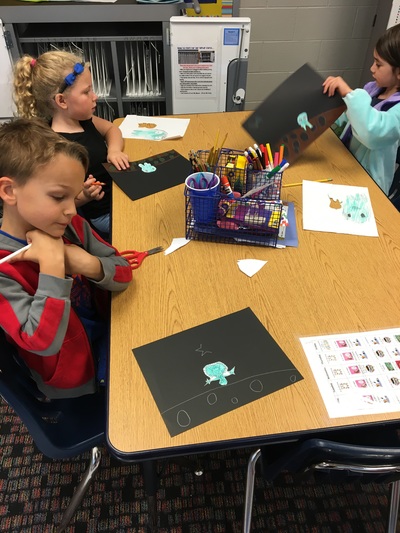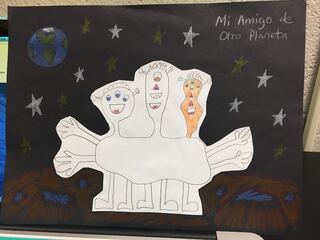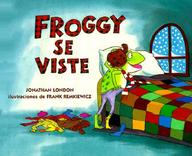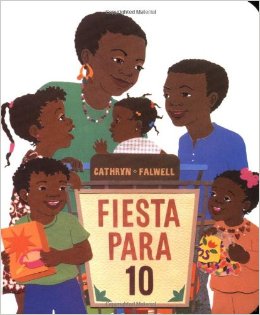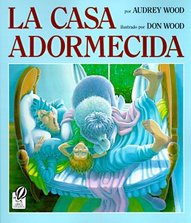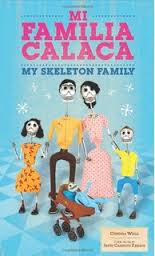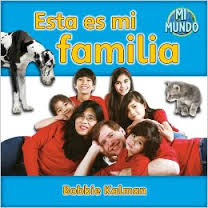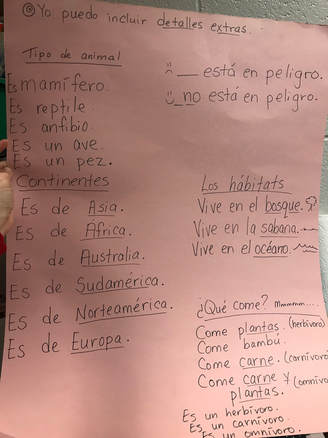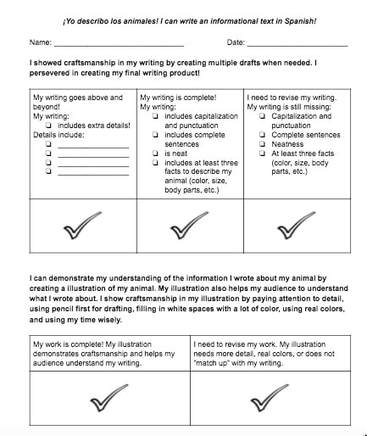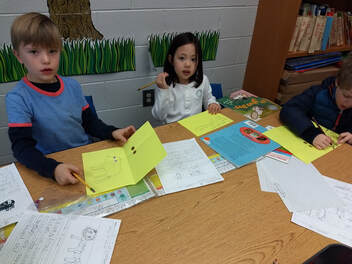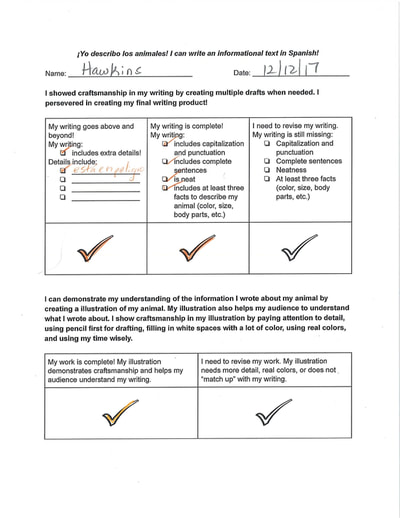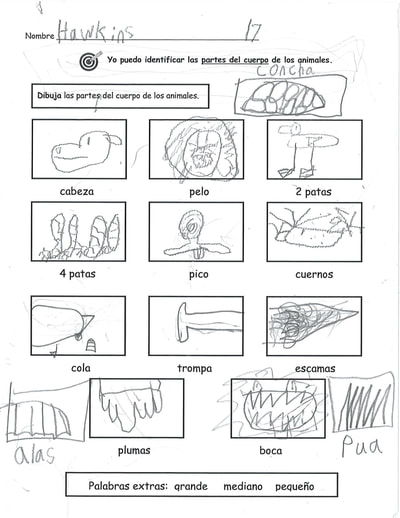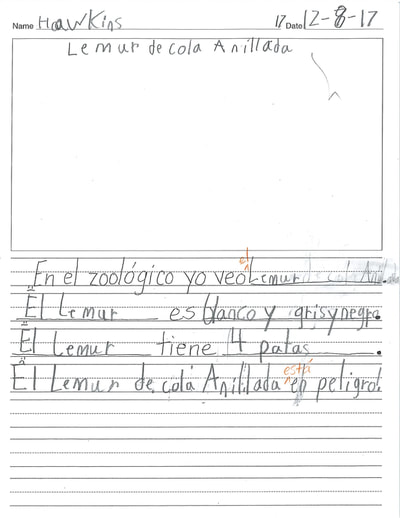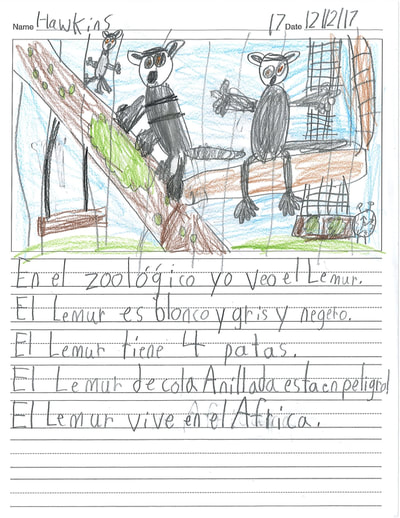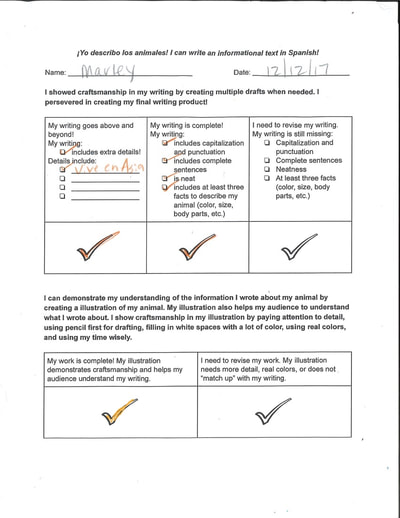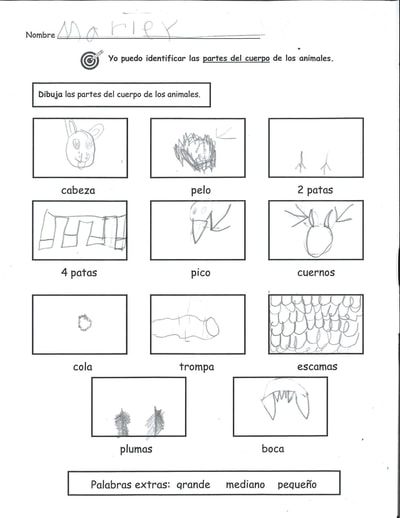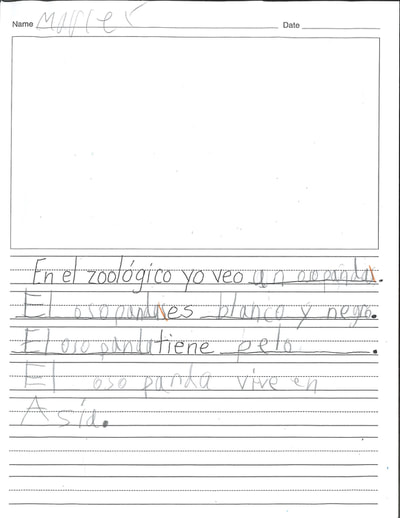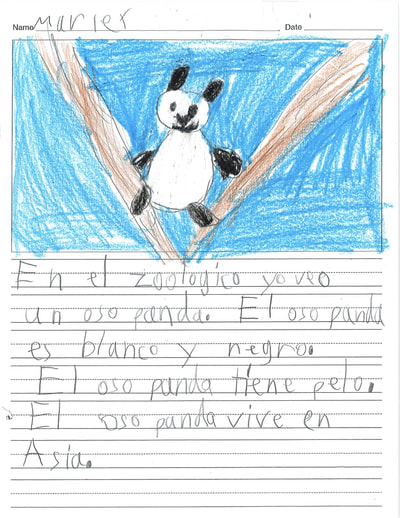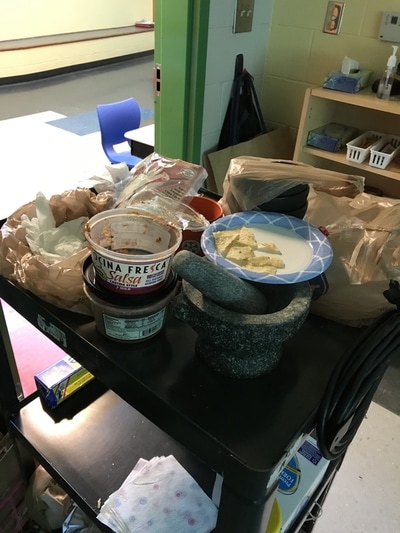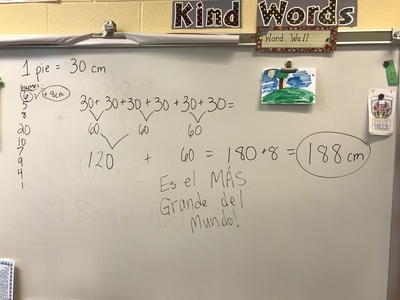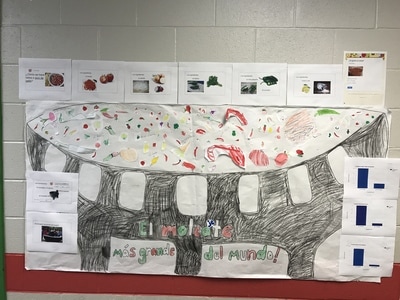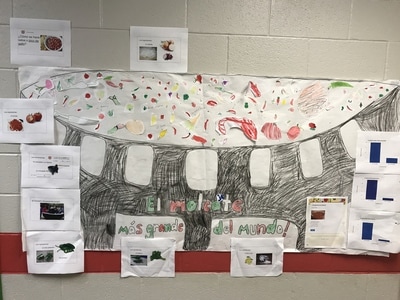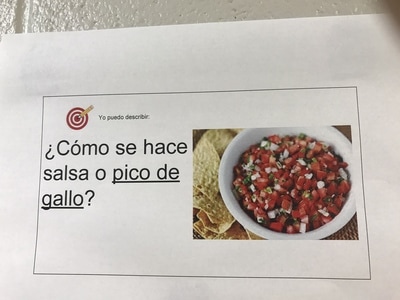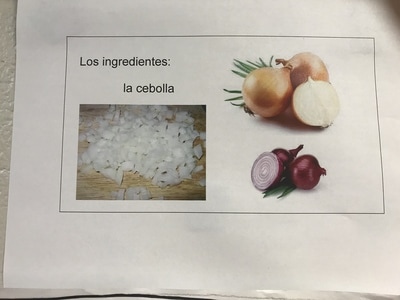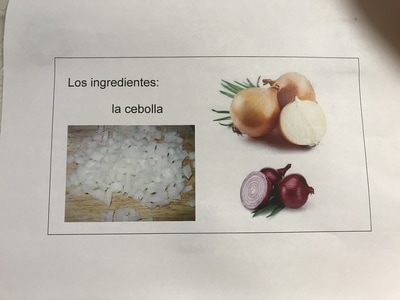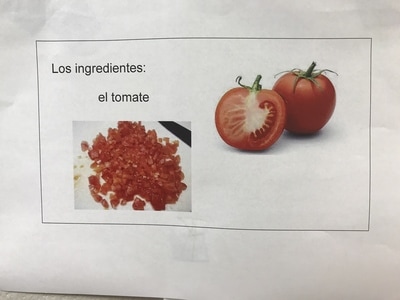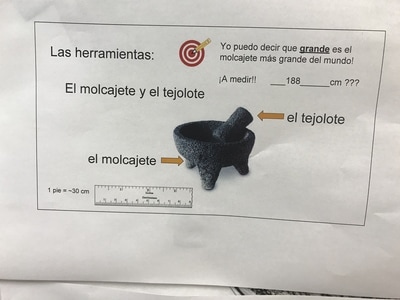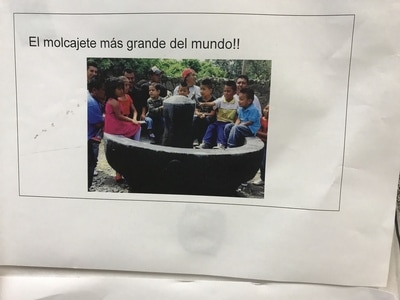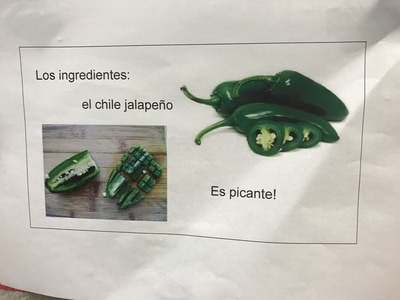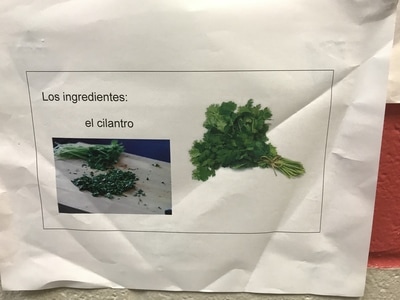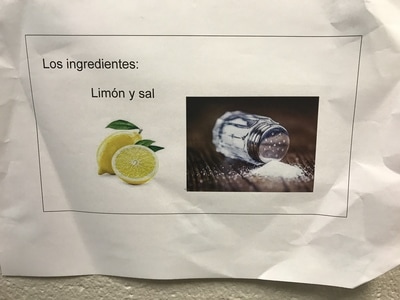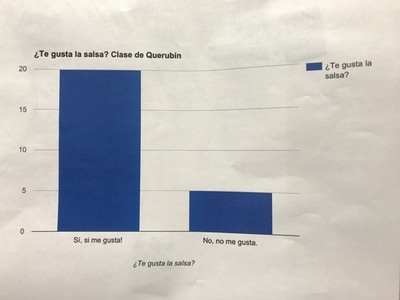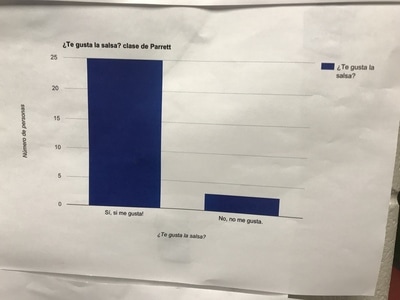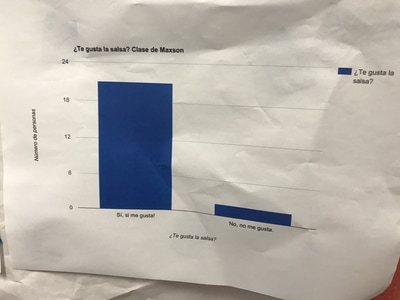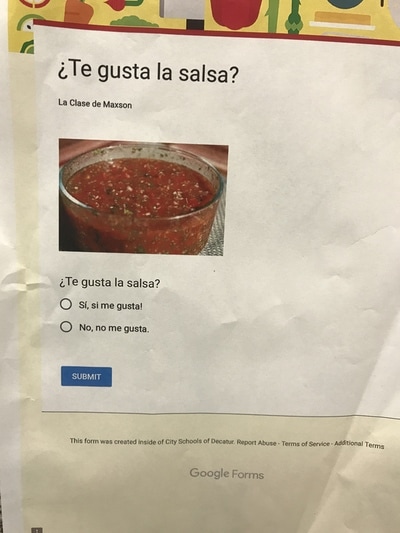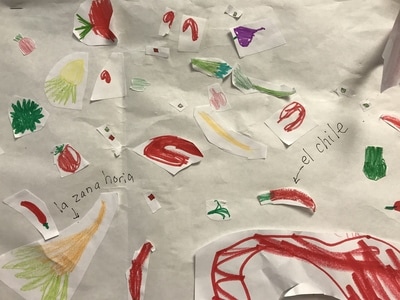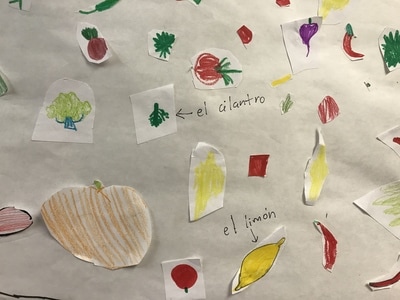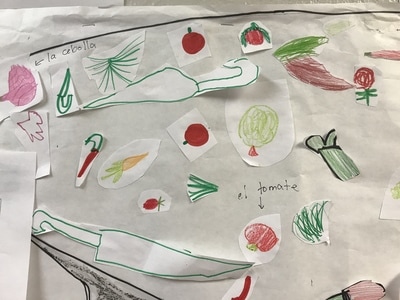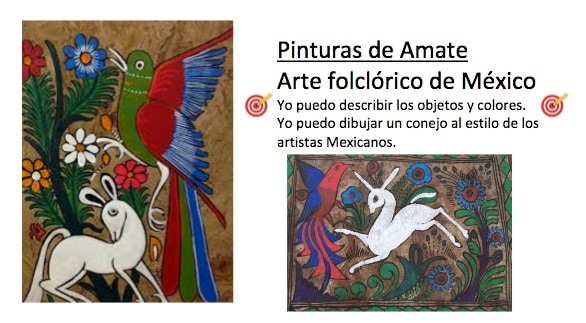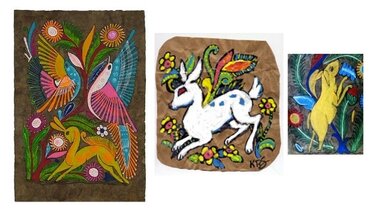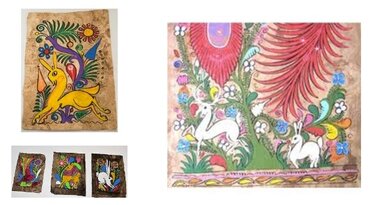First Grade Spanish@WE
Units of Study
Unit 1- La escuela
During the first 6 weeks practice our Spanish class agreements! Yo demuestro amabilidad. I show kindness. We are working together in ALL classes to show kindness to ourselves, to our peers, and to our teachers as part of strengthening our CREW. Yo miro y yo escucho. I look and I listen. In Spanish class this is very important because Señora Rodés gives a lot of comprehensible input in the target language (I speak completely in Spanish!). I use a lot of movements, visuals, games, realia, manipulatives, picture books, songs, dance, etc. to allow for comprehension and acquisition of the language. Yo hablo español! Of course, in Spanish class, we speak Spanish! I always encourage students to respond in Spanish, using as much of the language as possible, speaking in complete sentences when appropriate (even to ask to go to the bathroom!). A lot of the language production at this level is repetition or through a script or song.
We are currently reviewing all of the colors, days of the weeks, numbers 1-60, counting using a number line, vocabulary for our classroom tools, los útiles, and modes of transportation.
During the first 6 weeks practice our Spanish class agreements! Yo demuestro amabilidad. I show kindness. We are working together in ALL classes to show kindness to ourselves, to our peers, and to our teachers as part of strengthening our CREW. Yo miro y yo escucho. I look and I listen. In Spanish class this is very important because Señora Rodés gives a lot of comprehensible input in the target language (I speak completely in Spanish!). I use a lot of movements, visuals, games, realia, manipulatives, picture books, songs, dance, etc. to allow for comprehension and acquisition of the language. Yo hablo español! Of course, in Spanish class, we speak Spanish! I always encourage students to respond in Spanish, using as much of the language as possible, speaking in complete sentences when appropriate (even to ask to go to the bathroom!). A lot of the language production at this level is repetition or through a script or song.
We are currently reviewing all of the colors, days of the weeks, numbers 1-60, counting using a number line, vocabulary for our classroom tools, los útiles, and modes of transportation.
We read:
